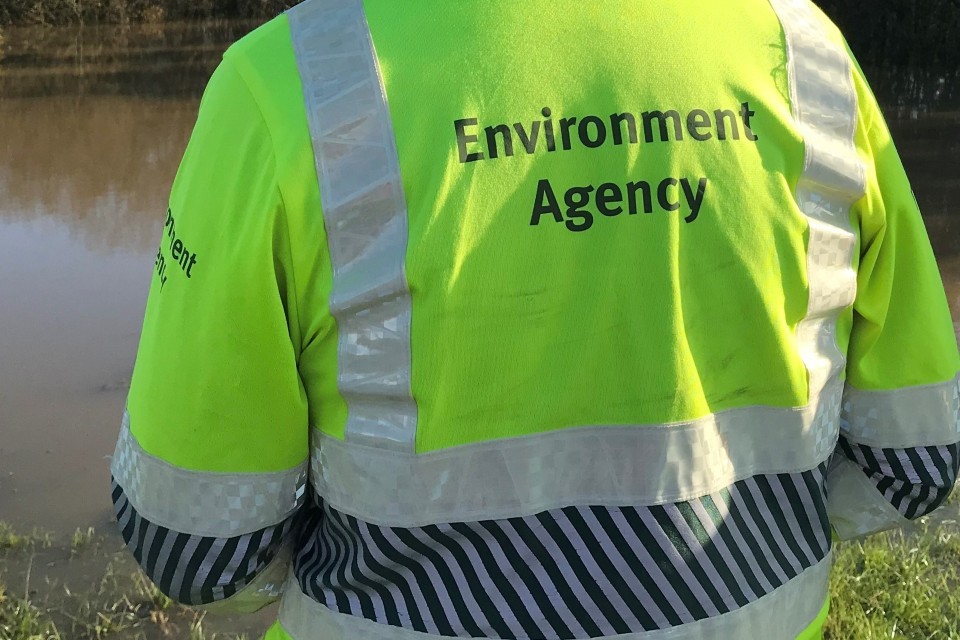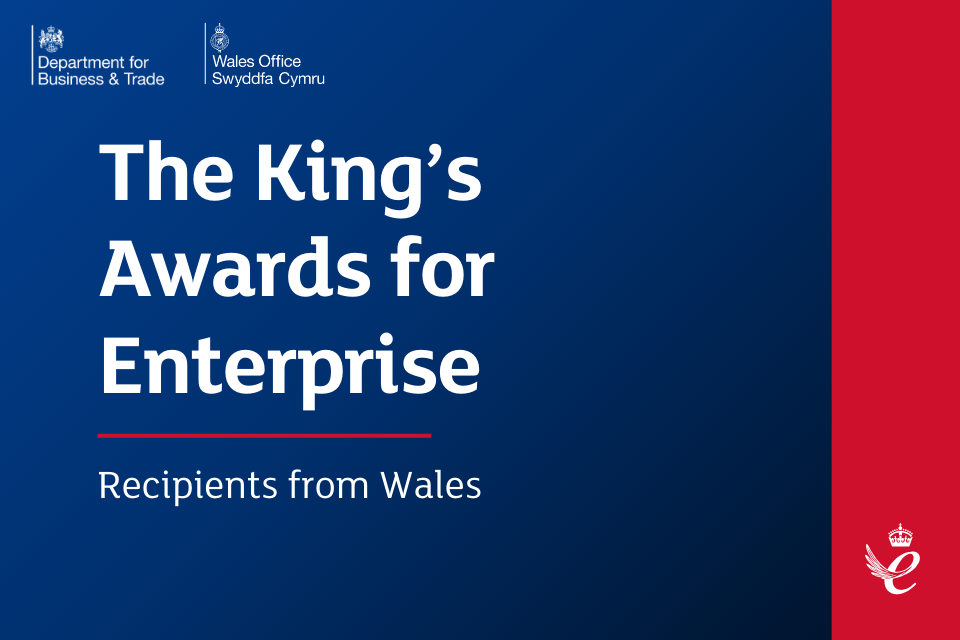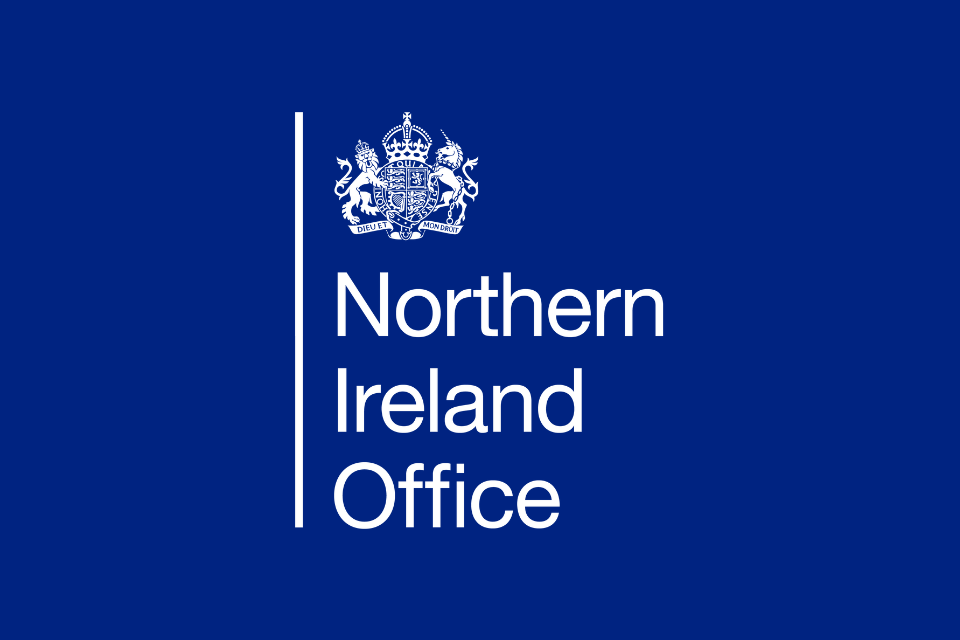What's On
As the nation marks VE Day, PM will deliver keynote…
Going Out
Every year in London, a fleet of colourful hot air…
Reviews
Sophie launched Sophie Divett Jewelry 2012 – Starts from humble…
Latest Articles
Analysis from organisations like the Open Source Centre has become even more vital in the wake of the…
The Charity Commission has opened a statutory inquiry into CG Community Council.
Explore expert insights, practical policy support and new ideas at our Session Hub
Today, we remember the enormous contributions and sacrifices made, and honour the lives lost, in pursuit of peace…
Introduction: Good morning everyone, It’s really great to be here with you in Manchester. This is one of…
New powers for judges to punish offenders who refuse to attend sentencing Parental responsibility to be restricted for…
London is filled with extraordinary street art, many with their own individual messages and meanings to represent voices…
Amadu Tavares was working at No6 Cocktail Bar in St Neots on Friday 10 May 2024 when Cambridgeshire…
In Spotlight
The Medicines and Healthcare products Regulatory Agency (MHRA) has today,…




































